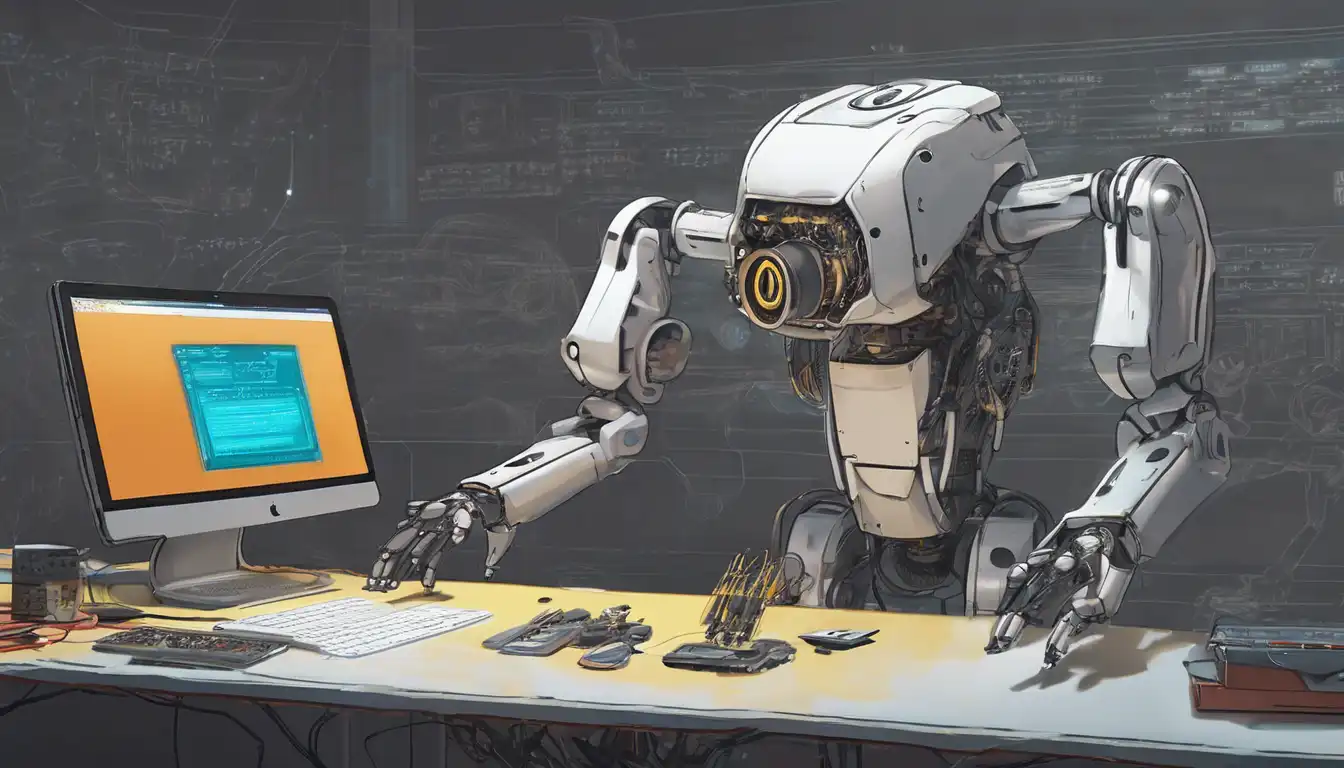Introduction to Robotics Programming
Robotics programming is an exciting field that combines creativity with technical skills. Whether you're a hobbyist or aspiring to build a career in robotics, understanding the basics is crucial. This guide will walk you through the essential steps to get started with robotics programming, from selecting the right tools to writing your first program.
Choosing the Right Robotics Kit
Before diving into programming, you'll need a robotics kit. Kits vary in complexity, so it's important to choose one that matches your skill level. Beginners might start with a simple Arduino or Raspberry Pi-based kit, which offers a gentle introduction to robotics concepts.
Understanding the Basics of Robotics Programming
Robotics programming involves writing code that controls the robot's actions. This can range from simple movements to complex decision-making processes. Key programming languages for robotics include Python, C++, and Java. Starting with Python is recommended due to its simplicity and readability.
Setting Up Your Development Environment
Once you've chosen your robotics kit and programming language, the next step is setting up your development environment. This includes installing the necessary software and tools, such as the Arduino IDE for Arduino kits or ROS (Robot Operating System) for more advanced projects.
Writing Your First Robotics Program
Your first program will likely be a simple command to make the robot move forward. Here's a basic example in Python using a Raspberry Pi:
import RPi.GPIO as GPIO
import time
GPIO.setmode(GPIO.BOARD)
GPIO.setup(7, GPIO.OUT)
GPIO.output(7, True)
time.sleep(1)
GPIO.output(7, False)
GPIO.cleanup()This code snippet turns a GPIO pin on for one second, which could be connected to a motor making the robot move forward.
Exploring Advanced Concepts
As you become more comfortable with basic programming, you can explore advanced topics such as sensor integration, autonomous navigation, and machine learning. These concepts will allow your robot to interact with its environment and make decisions based on input from sensors.
Resources for Further Learning
There are numerous resources available for those looking to deepen their knowledge of robotics programming. Online courses, forums, and books can provide valuable insights and help you tackle more complex projects. Don't hesitate to join communities like ROS or Arduino to connect with other enthusiasts.
Conclusion
Starting with robotics programming can seem daunting, but by breaking down the process into manageable steps, anyone can begin their journey in this fascinating field. Remember, the key to success is practice and persistence. Start small, and gradually take on more challenging projects as your skills develop.
